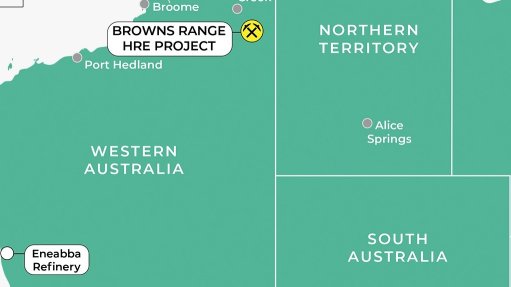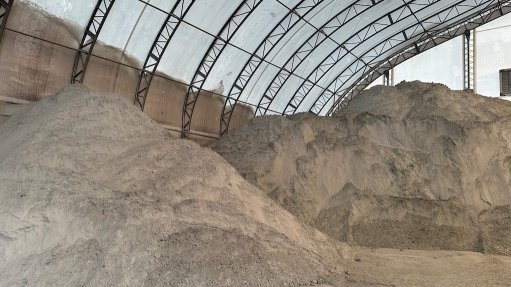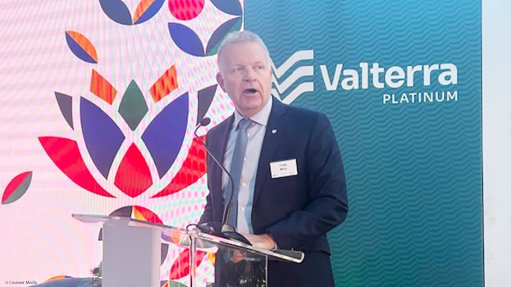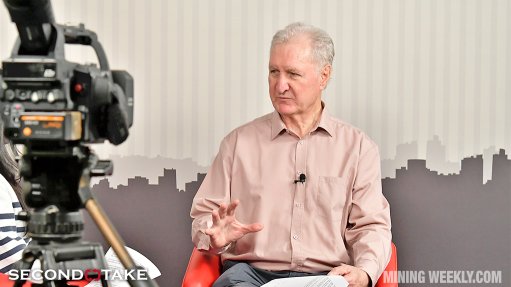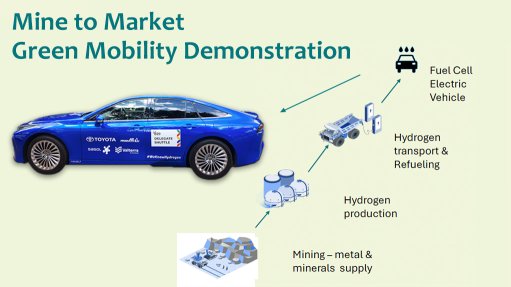Futurist advocates ‘strategic foresight’ in corporate planning
United Nations Educational, Scientific and Cultural Organisation chair in futures studies Professor Sohail Inayatullah has touted the adoption of “transformative and strategic foresight” by companies in future scenario planning, telling a workshop in Johannesburg that this approach created flexibility in decision-making by moving from a focus on one inevitable future to an analysis of several alternative ones.
This methodology was used by organisations such as the World Economic Forum, which used it to reframe challenges, analyse assumptions about existing organisational challenges and clarify future options for strategic decision-making.
The foresight approach, Inayatullah explained, encouraged a shift from focusing on the day-to-day operational considerations of management to the longer-term transformative dimensions of leadership, introducing broader systematic and transdisciplinarian perspectives and solutions.
“This approach allows [companies] to anticipate emerging issues and weak signals that may derail strategic plans and policies. Through environmental scanning, strategic foresight intends to solve tomorrow’s problems today and discover opportunities early on,” the futurist outlined.
Importantly, the foresight approach changed the temporal horizon of planning from the short term to the medium and long term, while reducing risk by emphasising the positions of multiple stake- holders.
“Often, strategies fail not because of an inaccurate assessment of alter- native futures, but as a result of a lack of understanding of deep culture.
“Blind spots – which are always built into the knowledge framework of each person and organisation – are addressed by including difference. This makes implementation far easier,” said Inayatullah.
Future-based studies and transformative insight in organisations were based on six pillars, the first of which involved the mapping of the past, present and future.
Mapping sought to identify the historical factors and patterns that had created the present, which was itself mapped through environmental scans.
The second pillar saw the antici- pation of the future through the identification of emerging issues, while the third pillar sought to “time the future” through an analysis of previous patterns in history.
Inayatullah’s fourth pillar was based on “deepening” the future through an analysis of the deeper myths and world views present beneath the data of the “official” future using causal layered analysis.
A series of alternative possible futures were then created through scenario planning and an analysis of the critical uncertainties driving the future, as well as the archetypes of personal and societal change.
Lastly, through the application of backcasting, visioning and action learning, the future was then “transformed” through the articulation of a preferred future and the development of critical pathways.
Article Enquiry
Email Article
Save Article
Feedback
To advertise email advertising@creamermedia.co.za or click here
Announcements
What's On
Subscribe to improve your user experience...
Option 1 (equivalent of R125 a month):
Receive a weekly copy of Creamer Media's Engineering News & Mining Weekly magazine
(print copy for those in South Africa and e-magazine for those outside of South Africa)
Receive daily email newsletters
Access to full search results
Access archive of magazine back copies
Access to Projects in Progress
Access to ONE Research Report of your choice in PDF format
Option 2 (equivalent of R375 a month):
All benefits from Option 1
PLUS
Access to Creamer Media's Research Channel Africa for ALL Research Reports, in PDF format, on various industrial and mining sectors
including Electricity; Water; Energy Transition; Hydrogen; Roads, Rail and Ports; Coal; Gold; Platinum; Battery Metals; etc.
Already a subscriber?
Forgotten your password?
Receive weekly copy of Creamer Media's Engineering News & Mining Weekly magazine (print copy for those in South Africa and e-magazine for those outside of South Africa)
➕
Recieve daily email newsletters
➕
Access to full search results
➕
Access archive of magazine back copies
➕
Access to Projects in Progress
➕
Access to ONE Research Report of your choice in PDF format
RESEARCH CHANNEL AFRICA
R4500 (equivalent of R375 a month)
SUBSCRIBEAll benefits from Option 1
➕
Access to Creamer Media's Research Channel Africa for ALL Research Reports on various industrial and mining sectors, in PDF format, including on:
Electricity
➕
Water
➕
Energy Transition
➕
Hydrogen
➕
Roads, Rail and Ports
➕
Coal
➕
Gold
➕
Platinum
➕
Battery Metals
➕
etc.
Receive all benefits from Option 1 or Option 2 delivered to numerous people at your company
➕
Multiple User names and Passwords for simultaneous log-ins
➕
Intranet integration access to all in your organisation






